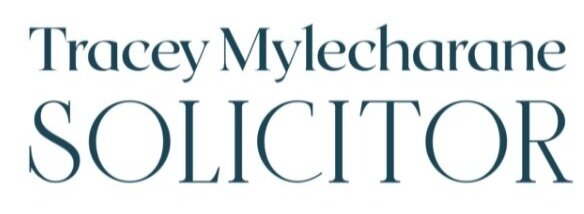Limited Liability 101 for Creative Services
Start your risk mitigation strategy with the correct business structure
As a creative professional—whether you're an interior designer, photographer, copywriter, or digital marketing specialist—protecting your business from potential risks is just as important as delivering exceptional work to your clients.
Your risk mitigation strategy should be built on three essential pillars:
Business Structure
Insurance
Legal Documents
While it may not be the most inspiring aspect of running a creative business, implementing proper risk management strategies can protect both your creative vision and your personal assets. Let's explore how limited liability plays a crucial role in this protection.
Business Structure as Your First Line of Defence
The foundation of your risk mitigation strategy begins with selecting the appropriate business structure. When making this important decision, consider:
Your creative vision and long-term goals
How collaboration with partners, freelancers, or investors fits into your business model
The importance of separating your personal assets from your business liabilities
For creative professionals who frequently work with high-profile clients or produce content with potential intellectual property concerns, the business structure becomes particularly significant.
What Is a Limited Liability Company?
A limited liability company exists as its own legal entity, separate from its owners (shareholders). This corporate structure:
Operates under its own ABN and tax file number
Can enter into contracts independently
Can sue and be sued in its own name
Shields its owners from personal liability for the company's debts
For creative service providers, this means when you sign a client contract, develop content, or license creative work, the company—not you personally—is the responsible party.
Understanding the Risk Limitation
The primary benefit for creative professionals operating under a limited liability structure is personal asset protection. If a client sues over dissatisfaction with creative work, claims copyright infringement, or if your business faces financial difficulties:
Shareholder risk is limited to their invested capital
Personal assets such as homes, vehicles, and personal bank accounts remain protected
The company's assets are separate from personal assets
This separation becomes crucial in creative fields where subjective interpretation of deliverables and intellectual property concerns can lead to disputes.
Is Limited Liability Right for Your Creative Business?
If protecting your personal assets is important to your creative enterprise's growth strategy, a limited liability company provides a sensible structure. This protection becomes especially valuable when:
Working with high-budget projects
Creating content that could face copyright or trademark scrutiny
Managing multiple client relationships with varying expectations
Planning to scale your creative services over time
As a creative professional, it's essential to understand the distinction between shareholders (owners) and directors (who hold positions of control). Directors must comply with their obligations under the Corporations Act 2001 (Cth) to maintain personal asset protection.
Strategic Considerations for Creative Professionals
When evaluating business structures for your creative services:
Consider your long-term creative and business vision
Assess how your business might evolve and scale
Evaluate the potential risks specific to your creative field
Determine if the additional administrative requirements of a company structure align with your business operations
By starting with a clear vision and understanding of your risk tolerance, you can select the business structure that best supports your creative endeavours while protecting your personal assets.
Remember that business structure is just one component of a comprehensive risk mitigation strategy for creative professionals. Proper insurance coverage and well-crafted contracts specific to creative services will further strengthen your protection.
If you need support establishing the right structure for your creative business, please reach out and book a Complimentary Introduction Call here.


